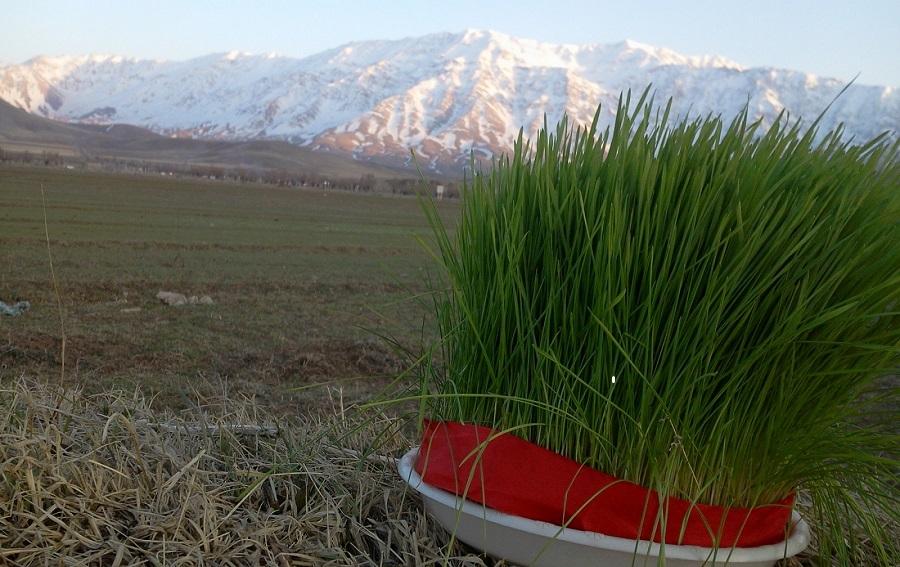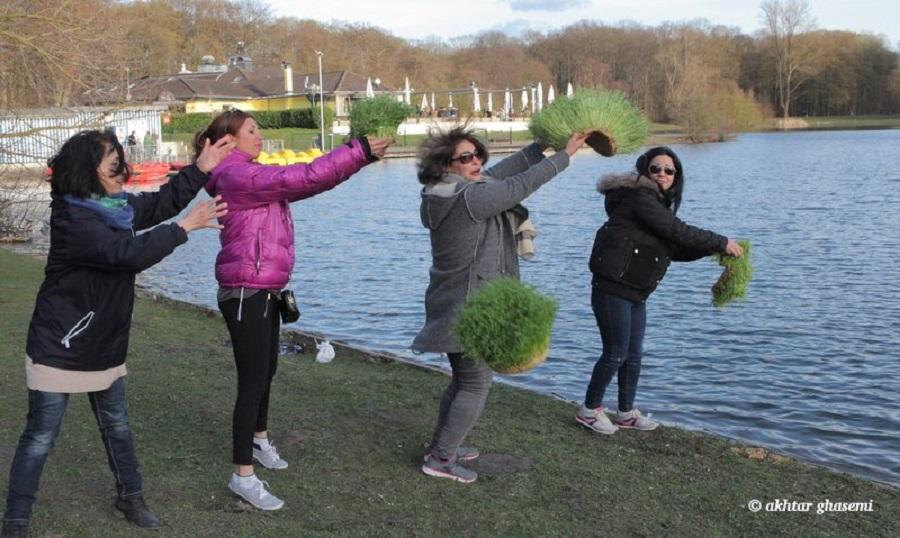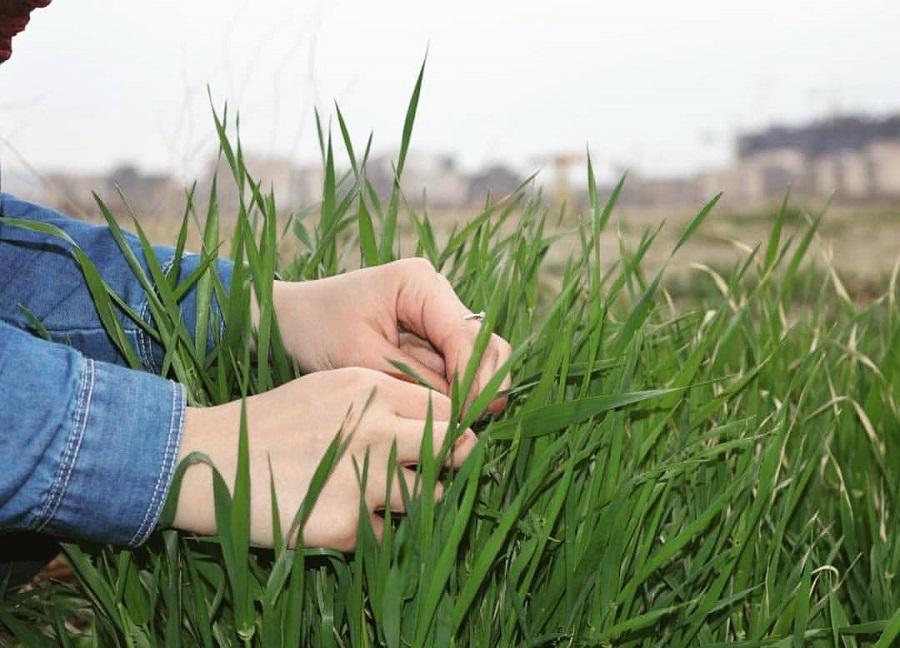A brief description about Sizdah Be-Dar
Sizdah-Bedar is an Iranian tradition, celebrated in the thirteenth day of the Norouz (Persian New Year). In this day people spend their time outdoors mostly with their family and relatives. People mostly go on a picnic to a park or the countryside.''Sizdah-'' means thirteen, and ''-bedar'', means to get rid of, i.e "getting rid of thirteen", but when we look at the meanings of word "Dar", we can infer that Dar can also mean plain and valley so as a result, Sizdah-Bedar can mean going out to the plains in the day thirteenth.
There is no evidence that the people of previous generations have spoken of "thirteen" as ill-omened. Perhaps in the last two centuries, because of the fact that number 13 is considered ill-omened in some religions and cultures, in Iran, this baseless justification has been related to thirteen.

The philosophy of Sizdah Be-Dar
In general, among the Iranian celebrations, Sizdah-Bedar celebration is a bit ambiguous, since it does not have the basis of other celebrations. Historical books do not mention the existence of such a ceremony, but in ancient sources, there are references to the "Thirteenth of Farvardin". It is believed that joy and laughter clean the mind from all evil thoughts, and a picnic is usually a festive, happy event.

In the Iranian Calendar, The 13th day of each month is called Tishtar. Tishtar or Tir is the goddess of rain in Iranian myths. She rides a white horse in the sky and every time she fights a demon called Apush and wins a raining cultivating year can be expected. It is also said that Jamshid the Pishdadi king used to put up a tent in Nowruz 13 and hold a levee. Later it became a custom and Iranians, especially women who were representatives of Anahita the goddess of water, went to plains and beside the springs and streams.
Arash the Bowman, an Iranian hero, determined the border between Iran and Turan by throwing an arrow in Tir 13 (July 3). This incident caused the reconciliation between the two countries after a long war. Tirgan Celebration in Tir (June 21-July 21) is a remembrance of Arash and the 13th day of each month is called Tir or Tishtar.
Iranians’ ancestors had twelve days of celebration which stood for twelve months of a year. They finished in the thirteenth day by the great Nowruz Celebration. Even today, Farvardin 13 (April 1) is as important as the last Wednesday of the year. If Chaharshanbe Suri is assumed as a welcoming to Nowruz, Sizdah Be Dar is the seeing off to it.
There is also another belief that the thirteenth day celebrations, Seezdah Bedar, stem from the belief of the ancient Persians that the twelve constellations in the Zodiac controlled the months of the year, and each ruled the earth for a thousand years. At the end of which, the sky and the earth collapsed in chaos.
Hence, Nowrouz lasts twelve days and the thirteenth day represents the time of chaos when families put order aside and avoid the bad luck associated with the number thirteen by going outdoors and having picnics and parties.
Rituals of Sizdah Be-Dar
There are some rituals that make this festival more special.
Throwing away the greenery
A ritual performed at the end of the picnic is to throw away the greenery (Sabze) collected for Haft-Seen, the customary setting of Nowruz in Iran. The sabzeh is supposed to have collected all the sickness, pain and ill fate hiding on the path of the family throughout the coming year Touching someone else's greenery on this day or bringing it back home is considered a bad omen and may invite other peoples' pain and hardship to oneself. Sabze is better to be thrown in the river.

Knotting the greenery
It is also customary for young single people, especially young girls, to tie the leaves of the greenery before discarding it, expressing a wish to find a partner. The knotting of the grass represents love and the bondage of a man and a woman.
The myth of creation in Iran, the issue of the first mankind and the first king, and knowing the narrations about the Kiyomars are very important. It has been written several times in Avesta about Kiyomars, calling him the first king and also the first man.
Mashya and Mashyana, the twin daughter and son of the Kiyomars, married the 13th of Farvardin for the first time in the world
At that time, since nothing existed as marriage, the two established their marriage by tieing the two branches of the myrtle, and since the ancient Iranians were well aware of this mystery, they performed the ceremony for the young girls and boys who were about to marry. Through 50 years they had eighteen children and after their deaths, no one was the king in the world for ninety years.

The 13th lie/ the April 1 lie
The 13th lie is a way of joking and laughing as well as one of the cultural similarities between Iran and other countries. The lies being said on April 1 are just the same as the lies and jokes being said in Sizdah Be Dar. Every four years April 1 overlaps Farvardin 13. In the other three years, it overlaps Farvardin 12.
As the sun sets, the Nowruz festivities draw to a close.
